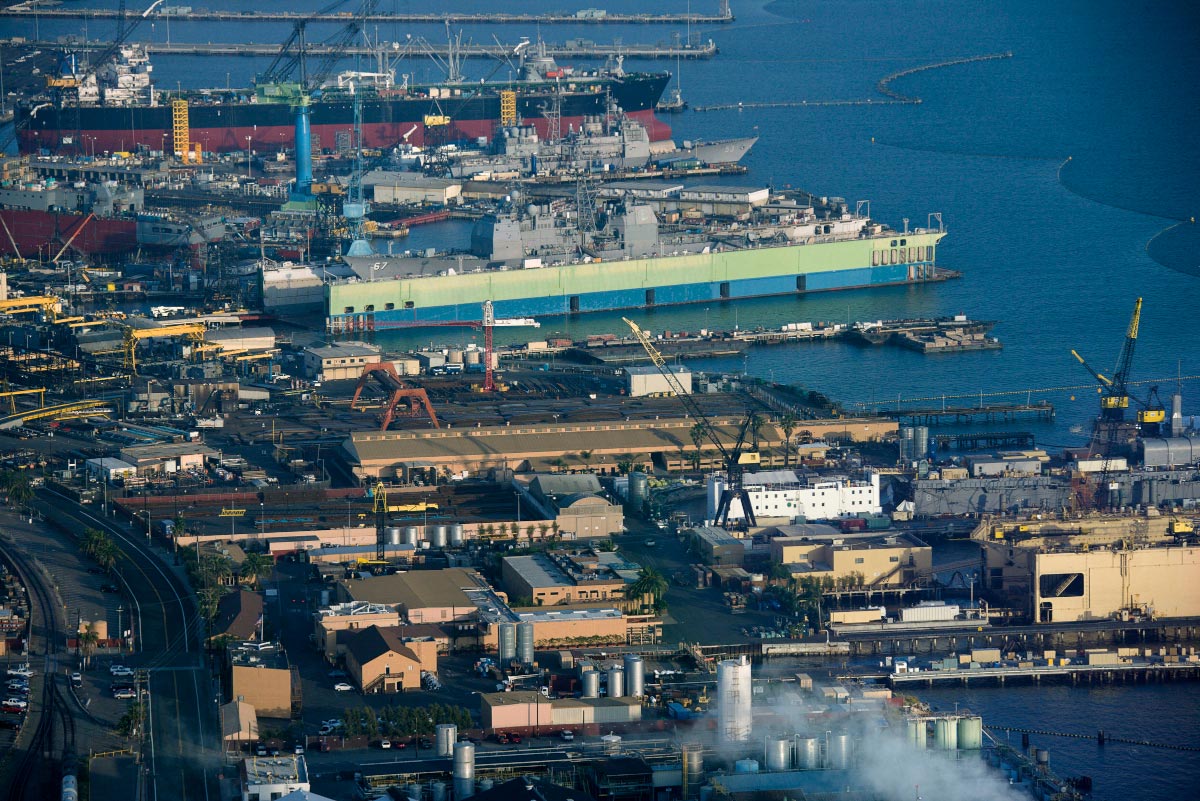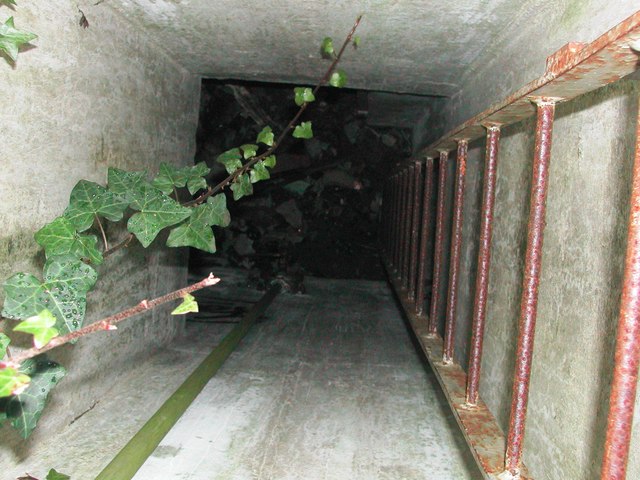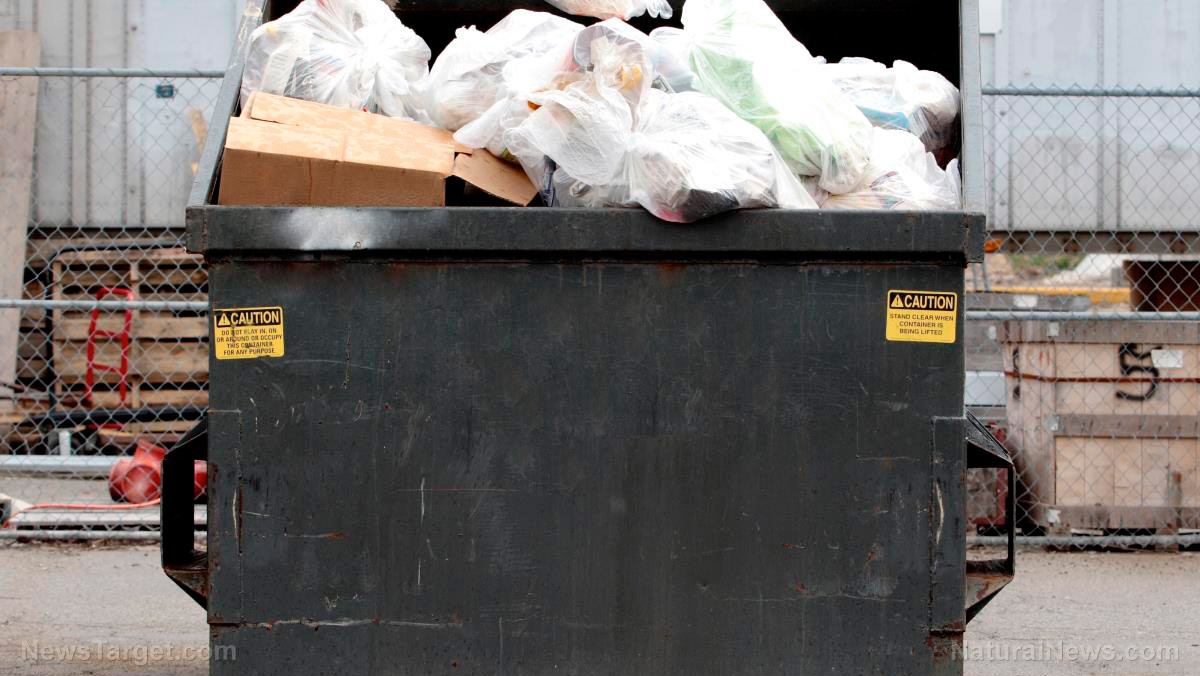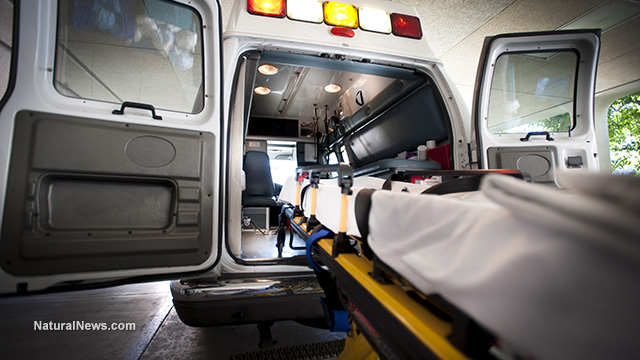Tennessee ambulances warn that medication shortages are affecting their ability to treat patients
02/10/2023 / By Cassie B.
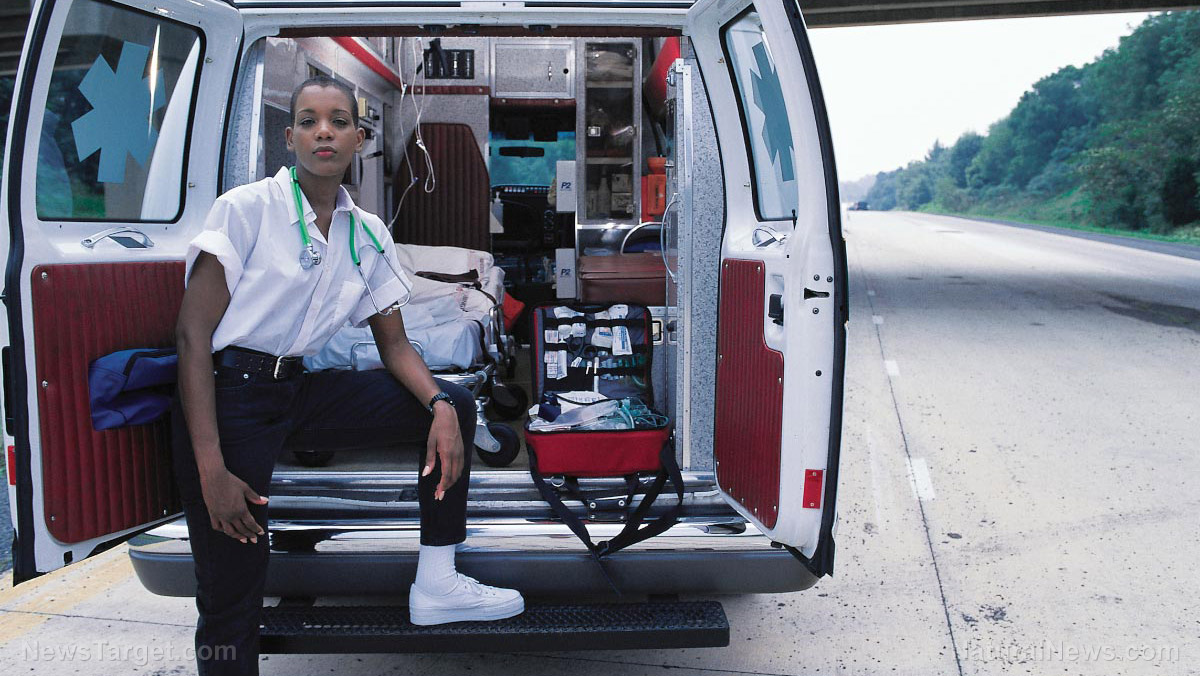
As shortages of critical medications continue throughout the nation, Tennessee ambulances are struggling to provide patients with much-needed care in the most efficient way.
The president of the Tennessee ambulance service association, Rick Valentine, has warned that diabetics are particularly at risk. Many of the calls they receive are for diabetic patients who are experiencing an episode of hypoglycemia. In many cases, these patients are unconscious, and paramedics traditionally treat them with a type of dextrose known as D-50 that is capable of awakening them in around a minute.
Valentine noted: “The brain is bathed in sugar, and so when it is depleted of sugar levels, it affects the brain and how it functions. Getting that blood glucose level back to a normal level is very key, and it’s just unfortunately taking longer when you don’t have the D-50 that you need.”
A severe shortage of this important medication has prompted first responders to turn to an alternative solution that is far less efficient for helping those who are experiencing insulin shock or low glucose. They are currently using IV bags that contain a lower concentration of dextrose, but it can take up to 20 minutes to return patients to consciousness, which is significantly longer than the amount of time it normally takes of around a minute.
Many departments are seeing their orders for D-50 go unfilled, but they emphasize that they will continue to do their best to save patients’ lives through whatever means possible. However, Valentine reports that it is now more stressful to the loved ones of those who are experiencing these episodes and have to wait so long for them to regain consciousness.
He explained: “You know, they’re saying, ‘What’s taking so long?’ and we just have to explain that it’s a different concentration, it’s a lower dose of sugar, and that it’s taking longer to get them back and awake.”
Pfizer, who manufacturers the drug, sent an official manufacturing delay letter out last August, but the shortage is currently expected to continue through the end of the year.
No end in sight to nationwide medication shortages
It is not just D-50 that ambulances are struggling to obtain. Valentine reports that ambulances are also experiencing shortages of narcotics. However, there are more alternative medications available to this class of drugs so the impact is not as strong – at least for now.
Diabetics throughout the nation are also dealing with a shortage of the type 2 diabetes medication Ozempic, which is used for balancing blood sugar, A1C and glycemic levels. Some patients are reaching dangerously high blood sugar levels as they deal with the shortage, with some people having to go six weeks or longer without being able to fill their prescription.
One big factor in this shortage is the current trend of using the drug to lose weight among people who do not suffer from diabetes or related conditions. Experts are warning individuals that there are serious risks and side effects associated with the drug, such as damage to the gall bladder, pancreas and eyes, making it a poor choice for weight loss that puts those who need the drug to stay alive at risk.
Kristin Glezman, a Texas pharmacist, noted: “Patients that don’t need it for type 2 diabetes should just think about those risks and know that there might be other ways to approach weight loss than using the medicine.”
Meanwhile, a nationwide shortage of cold medicine continues, with children’s pain medications and fever reducers being rationed in many places. These shortages are also expected to continue well into this year.
Sources for this article include:
Submit a correction >>
Tagged Under:
ambulance, Big Pharma, chaos, Collapse, diabetes, first aid, medication, medication shortages, panic, precription drugs, rationing, scarcity, shortages, supply chain
This article may contain statements that reflect the opinion of the author
RECENT NEWS & ARTICLES
COPYRIGHT © 2017 CHAOS NEWS






